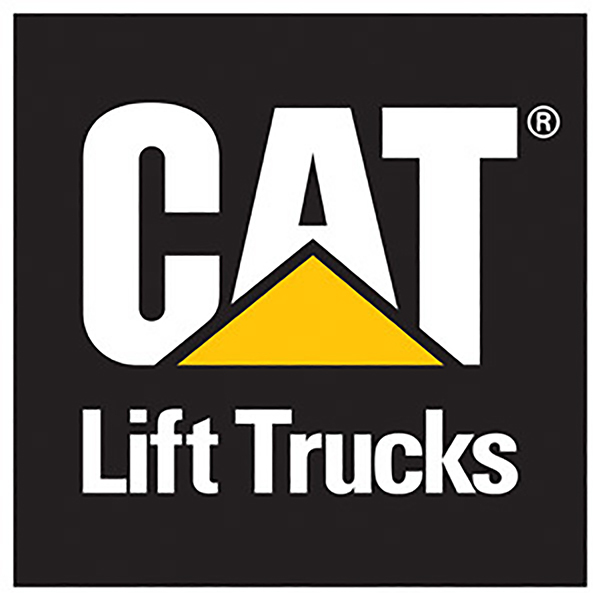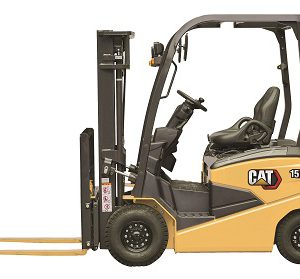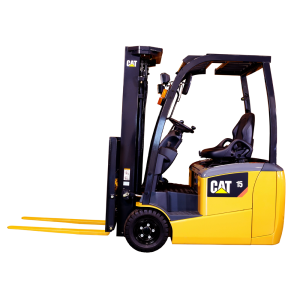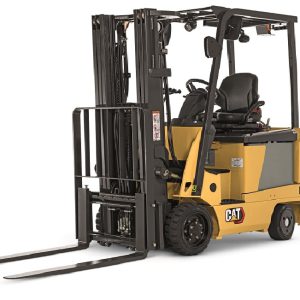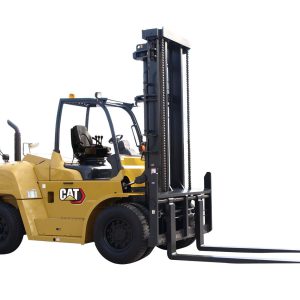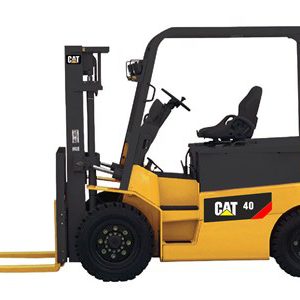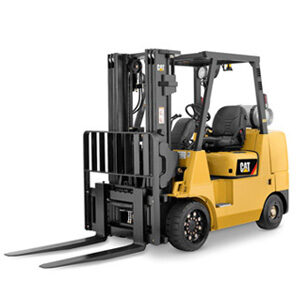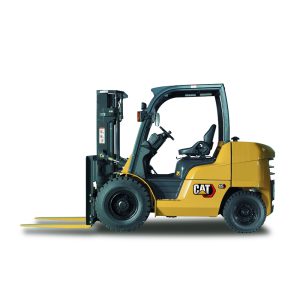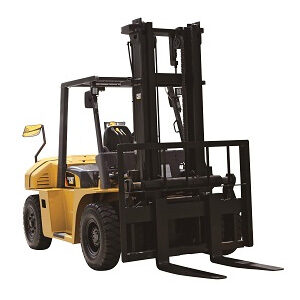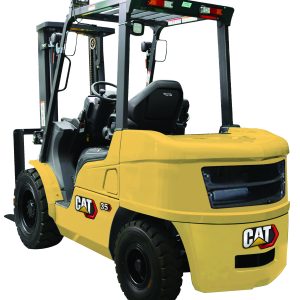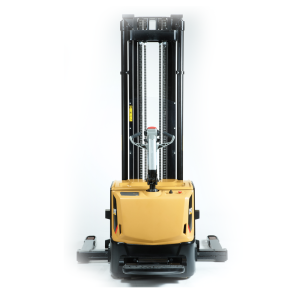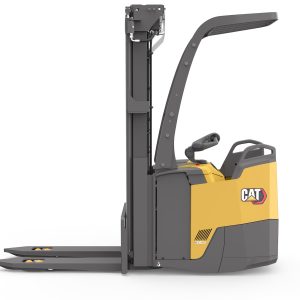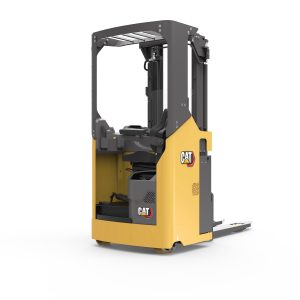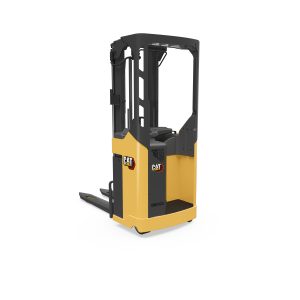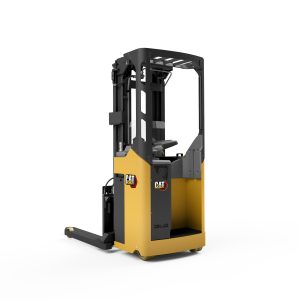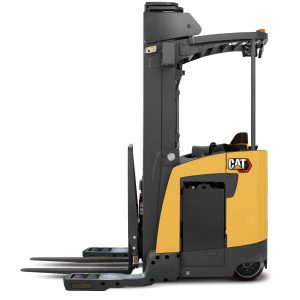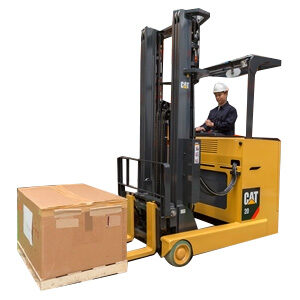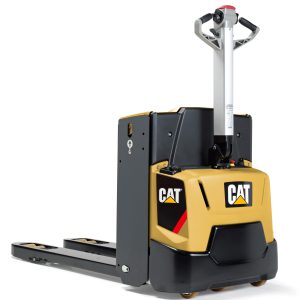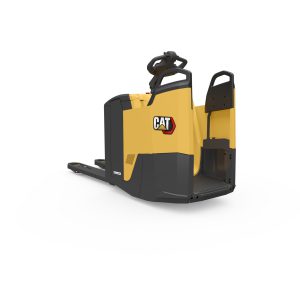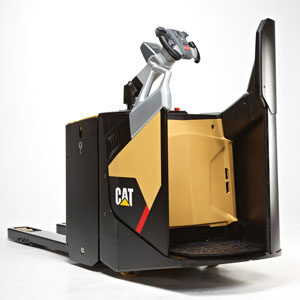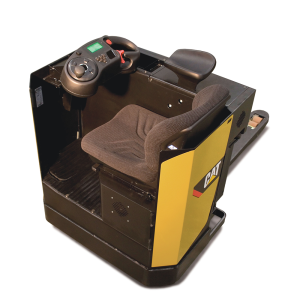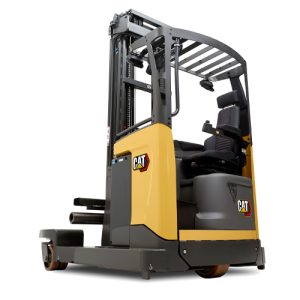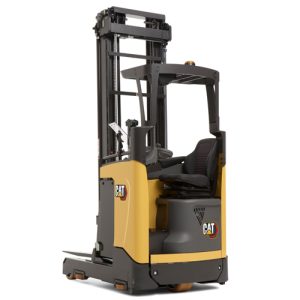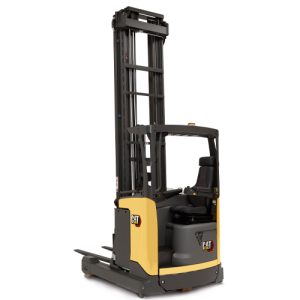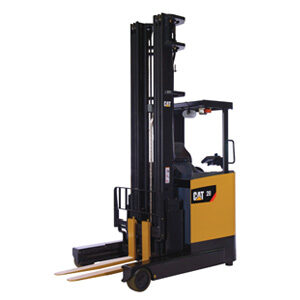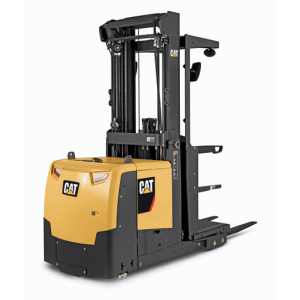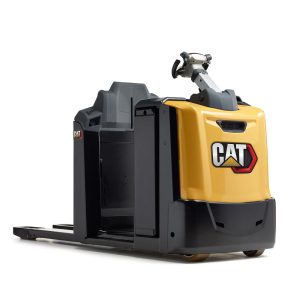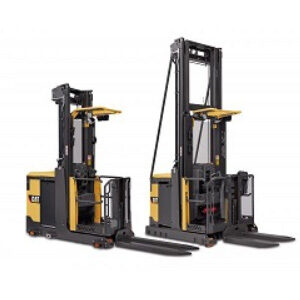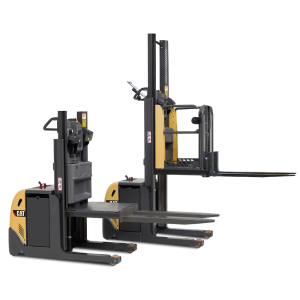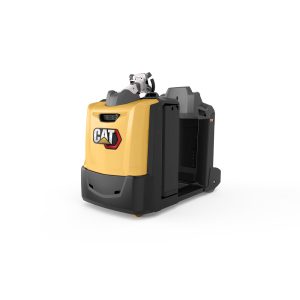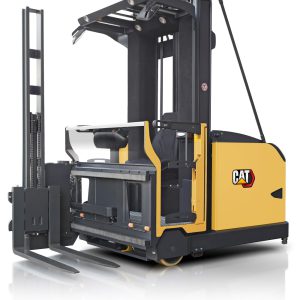
Adapting to change
09/10/2020
How to make flexibility the key feature of your warehouse operations
Change is good. Many management consultants use this creed in their classes and most business professionals would probably agree with the slogan. In real life, however, people don’t like events happening to them, especially if they are negative and unexpected. How can materials handling professionals cope with these sudden changes without having to compromise on performance? This article by Gian Schiava will explore how to react, but – spoiler alert – you can considerably reduce negative consequences if your current operation excels in adaptability.
A crisis can be the result of many external developments which you cannot control. It may be caused by macro developments like wars, shifts in economic power, climate change, resource scarcity and ever-continuing technological development. These days we even have to consider and safeguard our IT systems against harmful cyber-attacks. After all, modern logistics supply chains are made of many companies that are interconnected to ensure production and deliveries are synchronised.
Changes can also be the result of micro decisions. The company gets sold to a new shareholder; demand rises drastically because of an unexpected factor; or your supplier goes bankrupt. Unfortunately, the list of uncontrollable events is endless.
Once such an event has occurred, the company must take every measure to limit financial, operational and even reputational consequences. Good crisis management is, according management consultant PwC, based on eight actions, whether we are dealing with a pandemic or a financial crisis:
1. Take the steering wheel firmly in your hands
This is the moment when management has to be in charge and provide leadership. Often a small crisis team is formed and the expectations for employees should be made clear. All decisions must be well documented for future reference.
2. Know where your staff are
Regardless of the nature of the crisis, this step helps to decide if holidays need to be cancelled or extra staff have to be hired. Review travel plans. Decide on your policy for working from home, and what to do about booked training sessions.
3. Review your existing crisis plans
Every well-run company must have a crisis plan, but an actual crisis is a reality check. You will probably need to adapt the generic plan to the specific challenges you are facing.
4. Evaluate the supply chain
A clear view of your supply chain helps to reveal potential vulnerabilities. Start with the most critical products and look beyond the current suppliers. For example, if your products come from a country that has become isolated, how quickly can you find an alternative?
5. Identify potential bottlenecks
Define your critical processes or services. What can you do to keep them going?
6. Ensure good communication
This step is often defined as the most important one. Disinformation and confusion are most common around a crisis. Employees expect clarity from their management, especially when it comes to job security.
7. Use scenario analysis
Perhaps a typical business consultant’s advice, but it can be insightful to describe best and worst scenarios and determine whether your company is designed for them. Get your finance team to calculate the financial results.
8. Don’t lose sight of other risks
Every crisis makes organisations vulnerable as they pull all their resources together to deal with the situation. But the normal work must continue as well. Products need to be received, picked, shipped and invoiced for the company to survive. Loss of focus can be disastrous.
Good crisis management is one of the hardest jobs to pull off successfully, but it is also just a reaction to an unexpected event. The best possible protection for any materials handling operation is to build in flexibility in order to cope better with a future crisis. There are various areas where we can intervene:
Staff
Building the right group of employees can bring some challenges if you want to be able to quickly up- or downscale the activity. In many European countries we see an ageing population and many young professionals do not pursue their careers in a warehouse. Nevertheless, you can only reach your goals if you build a flexible layer around the fixed employees.
To maintain employee satisfaction, make sure they are properly rewarded and give them equal opportunities for training and development. After all, when you need to rehire them, you want to rely on a positive experience. The training should also result in multi-skilled workers, who can be used in various jobs. For example, never limit the group of people that can operate a reach truck in order to save schooling expenses, but make this available to all people with the right skillset.
Finally, always maintain good relations with recruitment agencies. Hold periodic meetings to predict workload and staff demand. Building this relationship will also result in better support when you need to dismiss people and find suitable replacements.

Nurture your staff and give them opportunities to expand their skills.
Warehouse systems and equipment
Today, managing a fleet of materials handling equipment is often about managing a long-term hire fleet. But sudden changes require you to work with flexible forklift suppliers who can accommodate a sudden reduction or enlargement of your fleet. Your supplier needs to be willing to take out lift trucks from your fleet, quickly, without (significant) financial consequences for your company. Meeting with the supplier weekly or monthly to assess the coming flow of materials could be a good idea to build a strong partnership. These agreements need to be made prior to a crisis if they are to be effective.
Whilst it may be relatively easy to bring in or collect a forklift, your storage or transportation systems are often fixed assets. Nowadays even automated systems offer a larger degree of flexibility. For example, in cases where goods used to be stored in mini-load systems, operated with cranes, they are now being replaced by racking with shuttles. According to the workflow, shuttles can be added or taken out, just like with forklift trucks.

Look for a flexible forklift supplier who can accommodate a sudden reduction or enlargement of your fleet. Visit www.catlifttruck.com/dealers
Organisation
Flexibility can also be added by reviewing the current warehouse or logistics operation. You may want to consider outsourcing part of your storage to avoid having to build another, expensive warehouse. Hire the extra warehouse for the peak season, or let a logistics services provider take care of the labour-intensive picking, whilst you store only slow movers. Overall, the costs might be higher, but you have downsizing options ready when trouble is around the corner.
Looking upstream of the supply chain, you might also make agreements for suppliers to keep the inventory. This business model is called Vendor Managed Inventory and is particularly successful when you need large amounts of consumables or fast movers but don’t want the hassle of the warehousing task.
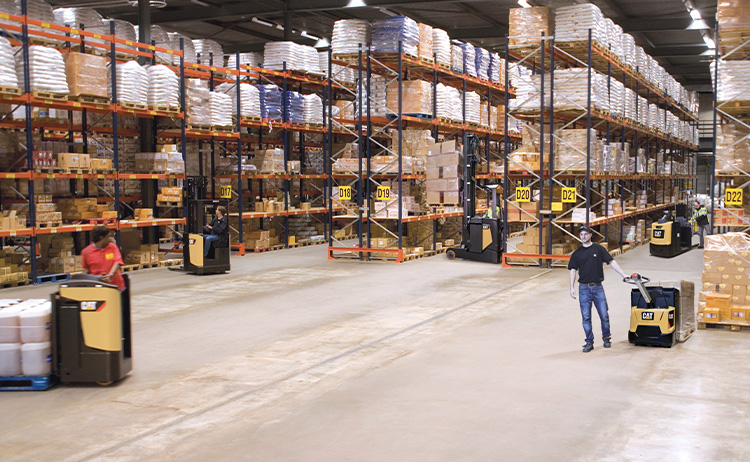
Consider outsourcing some of your storage, logistics and inventory activities.
Source : https://eurekapub.eu/economy/2020/09/24/adapting-to-change

